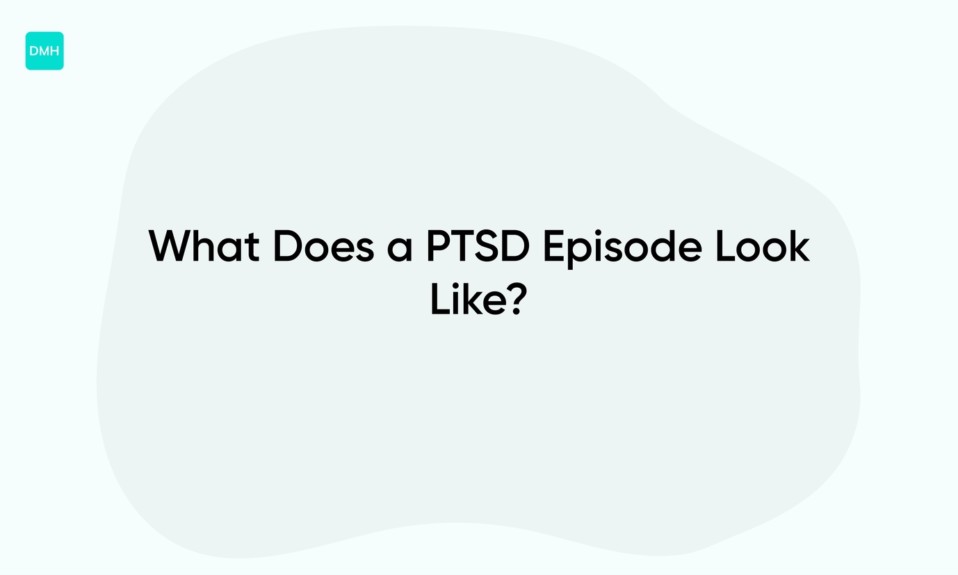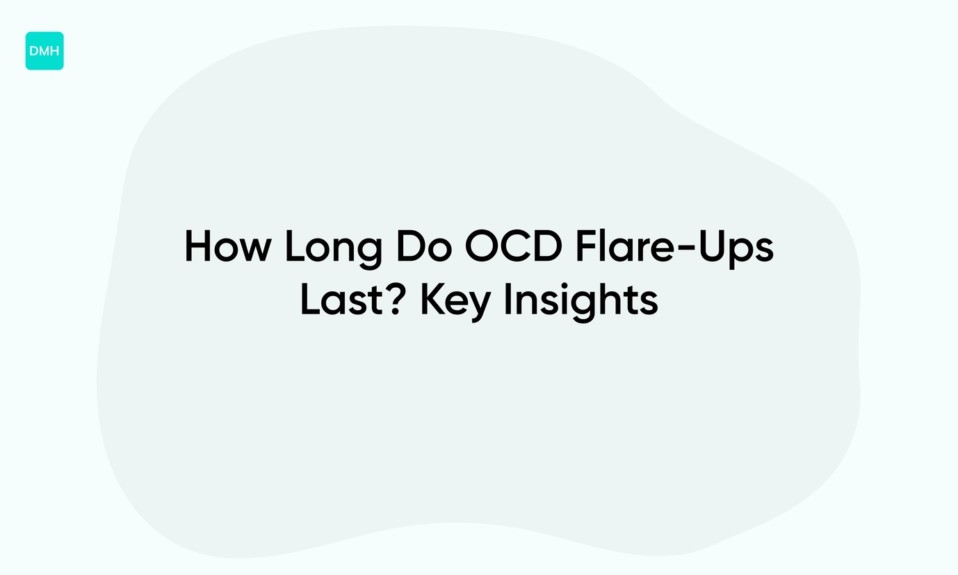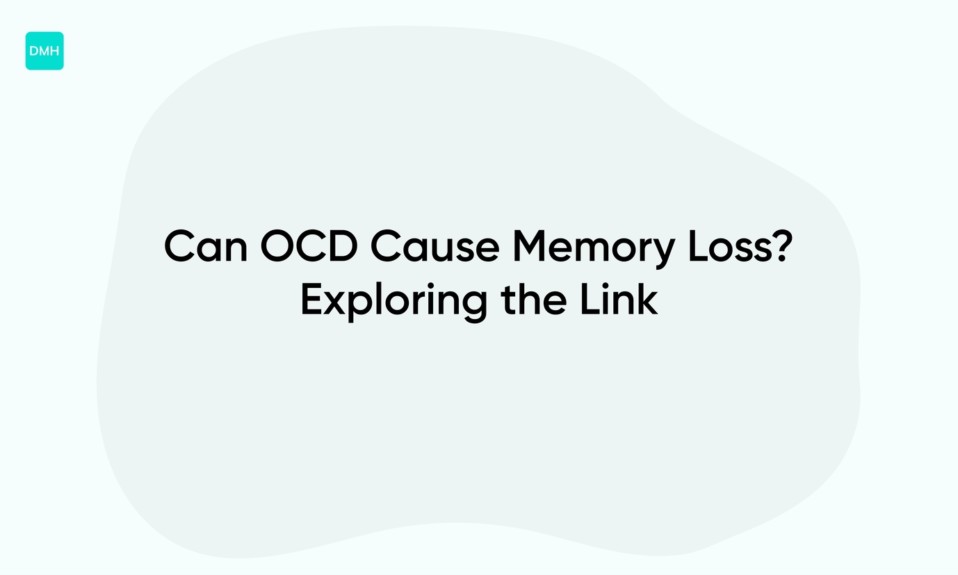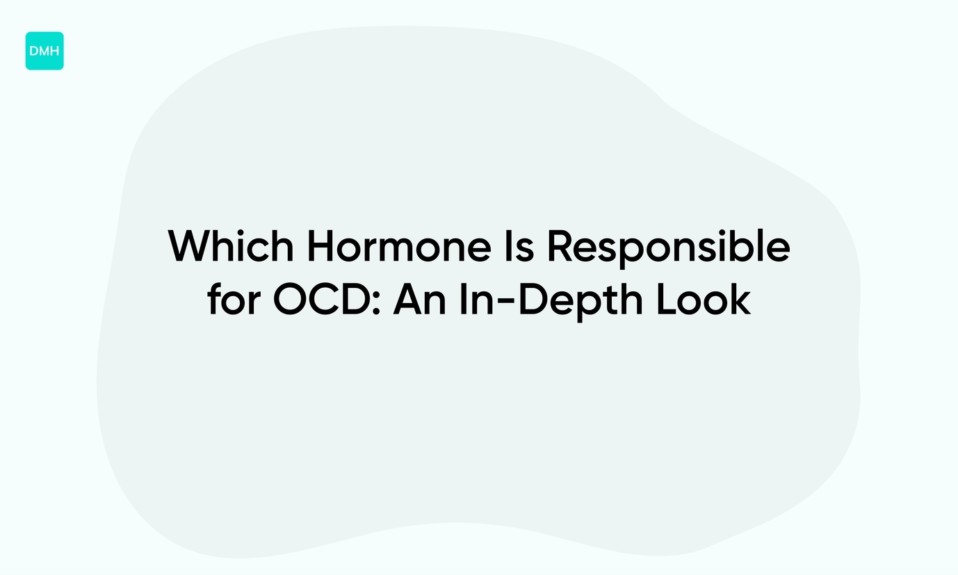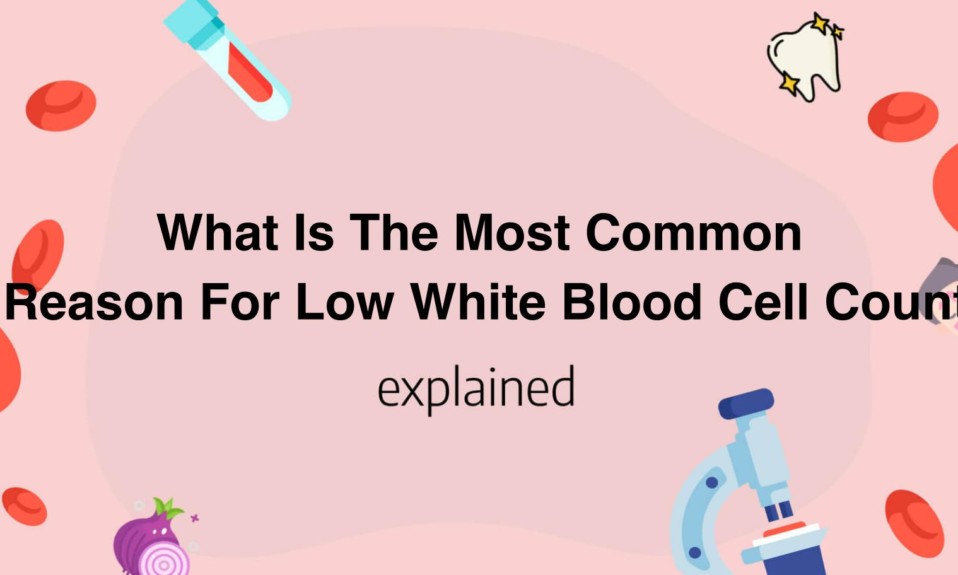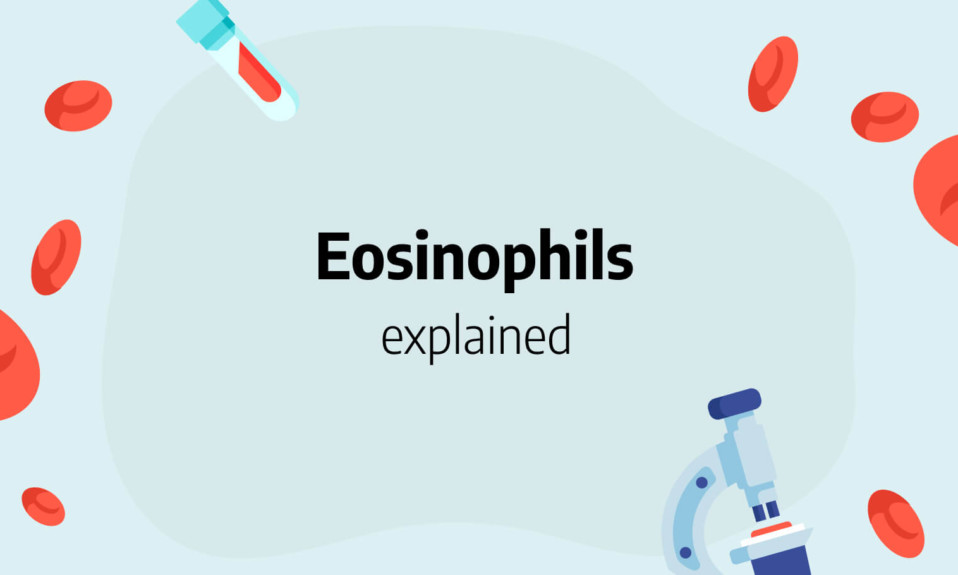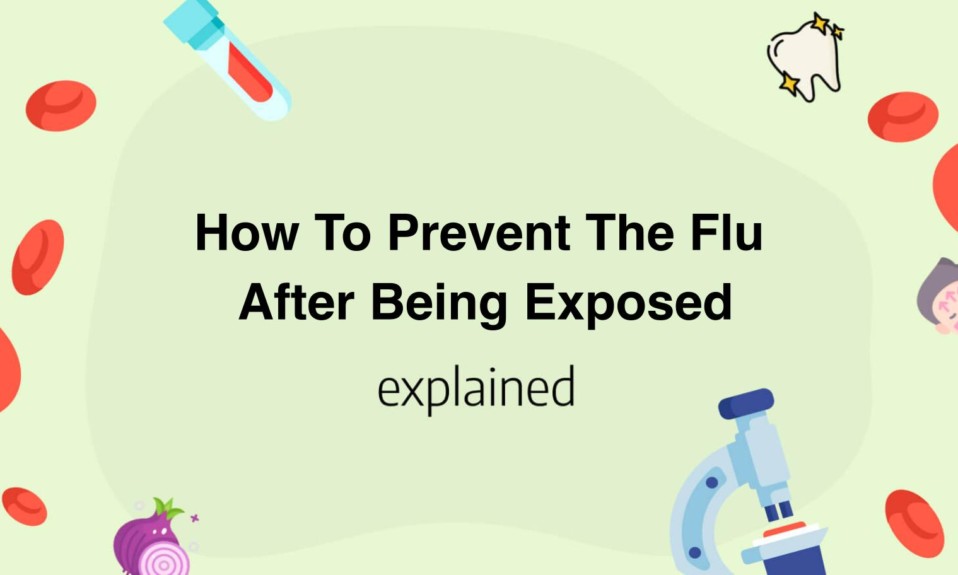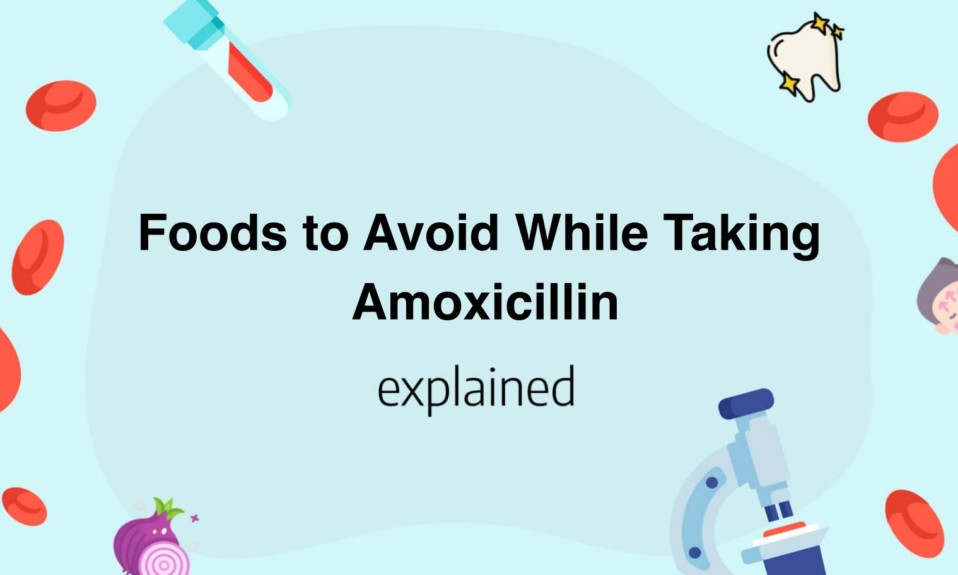PTSD episodes can be deeply distressing experiences that catch people off guard.
They manifest as intense emotional reactions, physical symptoms, and cognitive disruptions that can feel overwhelming.
People often relive traumatic events during these episodes, making it seem as if the trauma is happening all over again.
These episodes jar the senses and can leave a person feeling vulnerable and disconnected from their surroundings.
What is a PTSD episode
When someone experiences a PTSD episode, they’re essentially caught in a sudden surge of intense fear or distress. These episodes can strike without warning, transporting the person back to their traumatic experience through vivid flashbacks or overwhelming emotions.
The experience varies from person to person, but there’s often a common thread. Some might feel an intense rush of fear or anxiety, while others may experience heavy physical symptoms like a racing heart or trouble breathing. Have you ever felt like your body was reacting to danger that wasn’t actually there?
What makes these episodes particularly challenging is how real they feel. During a flashback, ordinary moments can suddenly trigger memories of past trauma. The person’s mind essentially returns to that traumatic event, experiencing the same emotions and sensations as if it’s happening right now.
Understanding these episodes is essential for both the individual experiencing them and those wanting to support them. The important takeaway is that anyone can find themselves caught in a PTSD episode at any moment, and awareness can pave the way for support and recovery.
What are the symptoms of a PTSD episode
Emotional and psychological symptoms
Experiencing a PTSD episode can lead to a whirlwind of emotional turmoil. Intense fear grips the heart, often accompanied by overwhelming feelings of guilt and shame.
You might find yourself emotionally numb, feeling disconnected or detached from those around you. Intrusive thoughts can invade your mind, leaving you unable to focus on anything else. These thoughts often come with vivid flashbacks that transport you back to the traumatic event, making it feel frighteningly real again.
Sometimes, these emotional symptoms truly impact daily life in unexpected ways. They can pop up out of nowhere, overshadowing moments that should be joyful or relaxing. This emotional intensity requires understanding and support from both the individual and their loved ones.
Recognizing these feelings as part of the healing journey is vital. Acknowledging what you experience is the first step towards reclaiming your life – and honestly, it takes real courage to face these emotions head-on.
Physical symptoms during episodes
During a PTSD episode, your body may respond in ways that feel completely overwhelming. You might experience sweating that seems to come from nowhere, even in comfortable temperatures.
A rapid heartbeat can make you feel like you’re in immediate danger, even when you’re in perfectly safe spaces. Trouble breathing may contribute to a sense of panic, which can feel suffocating. Your hands or legs might shake unexpectedly, heightening your distress and making simple tasks feel impossible.
These symptoms can sneak up on someone, often catching them completely off guard. It’s a powerful reminder of how closely connected our minds and bodies truly are. Even in a calm environment, the body’s reaction can feel intense and all-consuming.
Understanding these physical manifestations can help you navigate the experience better. If you want to know more about related issues, check out this article on anxiety and chest pain.
Behavioral changes and responses
Freezing or becoming unresponsive during a PTSD episode is surprisingly common. Those experiencing these episodes might have strong startle reactions, which can be quite alarming for anyone witnessing them.
Sudden mood changes can also occur – I’ve seen individuals go from calm to distressed in mere moments, making interactions challenging. Crying and yelling often arise as the body processes overwhelming feelings that feel too big to contain.
Social withdrawal emerges as a protective measure; many prefer to isolate themselves to cope with the intensity. Avoidance behaviors surface, steering individuals away from situations or places that may trigger memories of trauma.
Understanding these reactions is vital for supporting someone dealing with PTSD. Recognizing the symptoms allows you to respond with genuine empathy. Fostering an environment of trust can significantly ease their burden – listening without judgment and offering a comforting presence shows that you truly care.
Sleep and concentration difficulties
Nights filled with recurring nightmares can leave you completely exhausted. These disturbing dreams disrupt your sleep cycle, making restful sleep feel nearly impossible to achieve.
Difficulty sleeping might lead to a state of hypervigilance, where you feel constantly on edge throughout the day. You may find it hard to focus on tasks as your mind drifts back to distressing thoughts or memories. Small sounds can startle you, leaving you jumpy and unsettled from morning to night.
This cycle of sleeplessness and concentration issues affects daily life significantly. Your emotions may swing between anxiety and frustration, creating an exhausting mental loop. Even vibrant conversations can feel taxing when you’re carrying this invisible burden.
Recognizing these symptoms is essential for seeking the right support or treatment. When was the last time you felt truly rested? Understanding the connection between trauma and sleep can be the first step toward better nights.
What triggers PTSD episodes
Trauma survivors often discover that certain situations, environments, or sensations can unexpectedly trigger PTSD episodes. Recognizing these personal triggers becomes a crucial part of understanding and managing symptoms effectively.
Environmental triggers can include loud noises, crowded spaces, or specific locations that remind someone of their trauma. For example, a car backfiring might immediately transport a combat veteran back to a battlefield experience.
Sensory triggers prove particularly powerful – specific smells, sounds, or even textures can suddenly transport individuals back to their traumatic experiences. A particular song playing in a store might evoke strong memories and emotions without warning. Emotional responses like feeling overwhelmed or anxious in certain situations often occur unexpectedly.
Situational triggers may include anniversaries, holidays, or other reminders of the trauma. These moments can intensify feelings of distress or panic, sometimes catching people completely off guard. Well, developing coping strategies and awareness of personal triggers can ultimately help in managing these responses more effectively.
Identifying and understanding your triggers is definitely an ongoing journey. Plus, awareness not only empowers recovery but also enhances resilience when facing future challenges. If you or someone close to you faces these triggers, seeking professional support can truly help navigate the complexities of PTSD.

What is the difference between anxiety and a PTSD episode
Understanding the distinctions between general anxiety and a PTSD episode can deeply impact how individuals approach their mental health journey.
| Aspect | General Anxiety | PTSD Episode |
|---|---|---|
| Trigger Source | Everyday stressors, future worries | Specific trauma-related memories |
| Key Symptoms | Persistent worry, restlessness | Flashbacks, reliving trauma |
| Duration | Often ongoing, chronic | Episodes with varying intensity |
| Focus | Future fears and concerns | Past traumatic events |
General anxiety tends to manifest as persistent worry and unease without specific trauma triggers. Symptoms include restlessness, rapid heart rate, and difficulty concentrating. Anxiety often stems from everyday stressors rather than specific traumatic events.
PTSD episodes emerge from trauma-related experiences and can feel much more intense and overwhelming. Triggers often relate directly to specific memories of the trauma. A particular sound or sight might immediately place someone back into the moment of their distress.
Flashbacks are a key feature that distinguishes PTSD episodes from anxiety attacks. During a flashback, an individual might vividly relive the event, experiencing emotions and sensations as if they’re occurring in real-time. This differs significantly from anxious feelings where the focus remains on future fears.
Treatment approaches also vary considerably. Therapy for anxiety may involve relaxation techniques and coping strategies to manage daily stress. PTSD treatment often requires trauma-focused therapy to process and heal from past experiences. Understanding these nuances can empower you or someone you know to seek the appropriate support.
How do you help someone during a PTSD episode
Supporting someone during a PTSD episode can feel overwhelming, but understanding practical strategies can empower you to make a real difference.
Grounding techniques provide immediate relief during intense episodes. Here are effective methods to try:
- Encourage them to focus on their breathing with simple counting exercises
- Help them identify five things they can see, four they can touch, three they can hear
- Guide them to feel their feet on the ground or hold a comforting object
- Speak in a calm, gentle voice to help anchor them to the present moment
Creating safe spaces matters deeply during these vulnerable moments. Assure your loved one that they’re in a judgment-free environment where they can express themselves without fear. A calm setting allows them to process their emotions safely.
Recognizing when professional help becomes necessary shouldn’t be ignored. If symptoms persist or worsen significantly, suggest seeking therapy. I really think that talking to a mental health professional can open pathways to healing that weren’t previously available.
Learning to recognize early signs of distress can enable you to provide better support. If you notice signs like rapid breathing or unresponsiveness, approach gently and speak softly. Check out this guide on signs of a PTSD episode to enhance your awareness.
Your support can truly make a difference in someone’s healing journey. Empathy and patience go a long way – you empower your loved one simply by being there for them during these challenging times.
Read also: Can OCD Cause Memory Loss? Exploring the Link
How long does a PTSD episode last
The duration of a PTSD episode can vary significantly from person to person. Some episodes may only last a few minutes, while others can extend for hours or even days depending on various factors.
Several key factors influence episode duration:
- Individual coping abilities and available support systems
- Severity and nature of the triggering event or memory
- Current mental state and stress levels
- Environmental factors and safety of surroundings
- Access to grounding techniques and professional support
The context in which these episodes occur matters greatly. Environmental cues or sudden stressors might intensify the experiences significantly. For instance, episodes often intensify around certain situations or anniversaries of traumatic events (those anniversary reactions can really catch people off guard).
Some individuals experience short, intense episodes sparked by specific triggers. Others might deal with prolonged discomfort that feels endless and exhausting. Have you noticed patterns in when symptoms feel most intense?
When symptoms escalate severely, immediate professional intervention can become necessary. If you or someone else experiences severe distress that doesn’t subside, seeking help promptly can be vital for safety and recovery.
Recognizing personal patterns and warning signs can lead to better management strategies. Awareness and understanding pave the way for effective coping mechanisms and treatment options that actually work.
Read also: How to Stop an OCD Spiral: 5 Effective Strategies
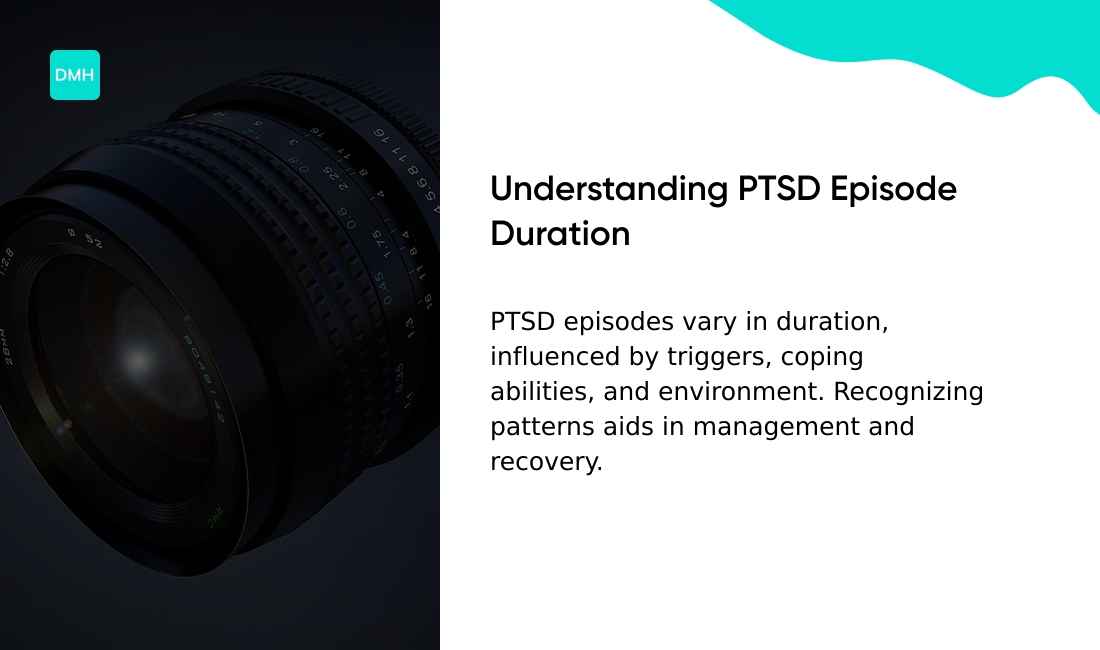
What treatment options are available for PTSD episodes
Understanding the variety of treatment options available for PTSD can empower you or someone you care about to manage episodes more effectively. Individuals dealing with post-traumatic stress disorder often benefit from a comprehensive mix of therapies and strategies.
Trauma-focused therapy stands out as a primary treatment approach. This specialized therapy helps you process the trauma and understand its impact on your life. Therapists often use proven methods like cognitive-behavioral therapy (CBT) to identify and change negative thought patterns and behaviors.
Medication can also play a significant role in managing symptoms. Antidepressants, particularly selective serotonin reuptake inhibitors (SSRIs), are commonly prescribed to alleviate symptoms. Finding the right medication might involve some trial and error, but over time, you may notice improvements in mood and overall functioning.
Effective coping strategies offer another crucial layer of support:
- Mindfulness and meditation practices for present-moment awareness
- Grounding exercises to manage anxiety during episodes
- Regular physical exercise to reduce stress and improve mood
- Journaling to process thoughts and emotions safely
- Progressive muscle relaxation techniques
Long-term management of PTSD often involves building a strong support network. This could include friends, family, or support groups where individuals share experiences and coping techniques. Connecting with others who understand can deeply enhance recovery and reduce feelings of isolation.
A combination of therapy, medication, coping strategies, and support will help you manage PTSD episodes more effectively. Choosing the right path benefits from patience and a willingness to explore different options. At our team, we encourage taking steps toward healing, one day at a time – because recovery is absolutely possible.
You might also like: Which Hormone Is Responsible for OCD: An In-Depth Look

